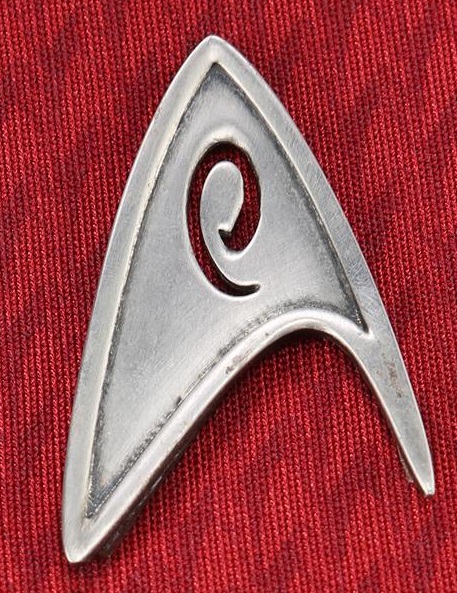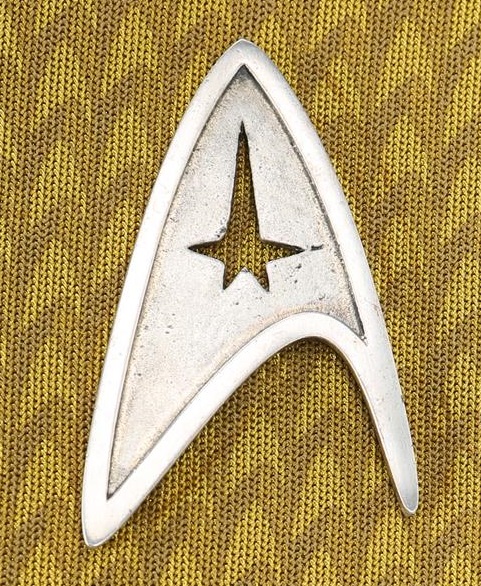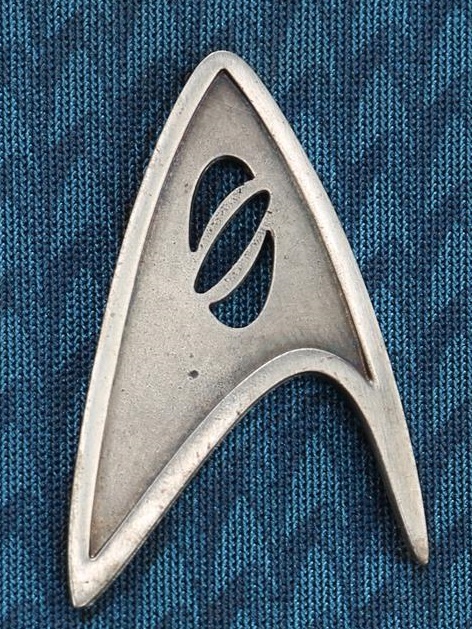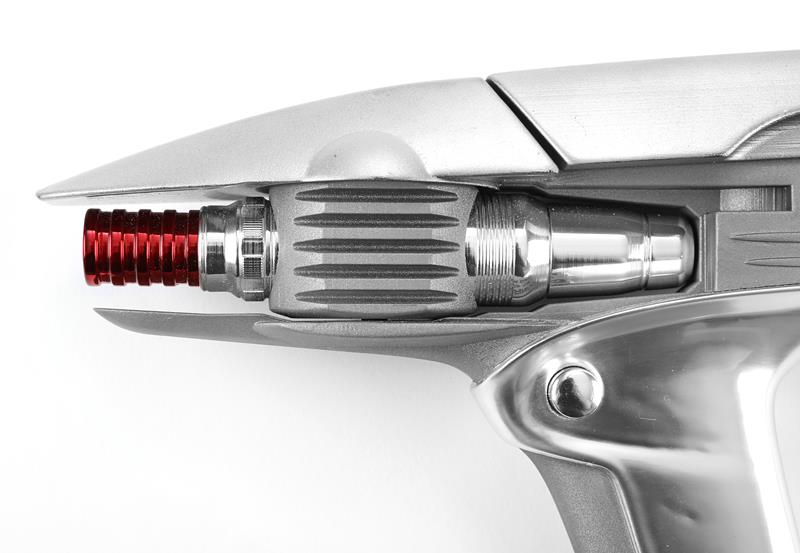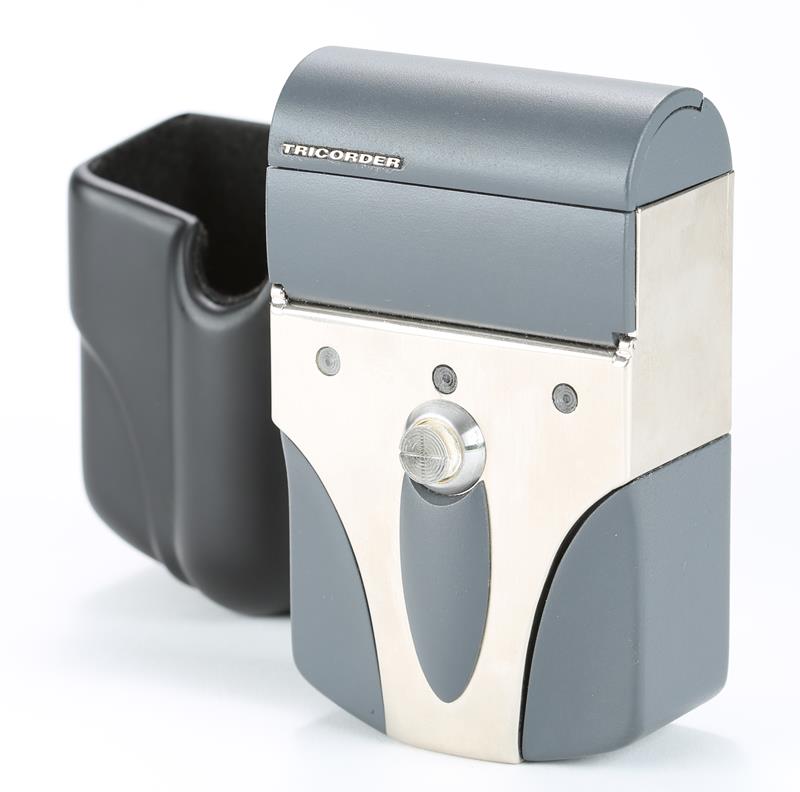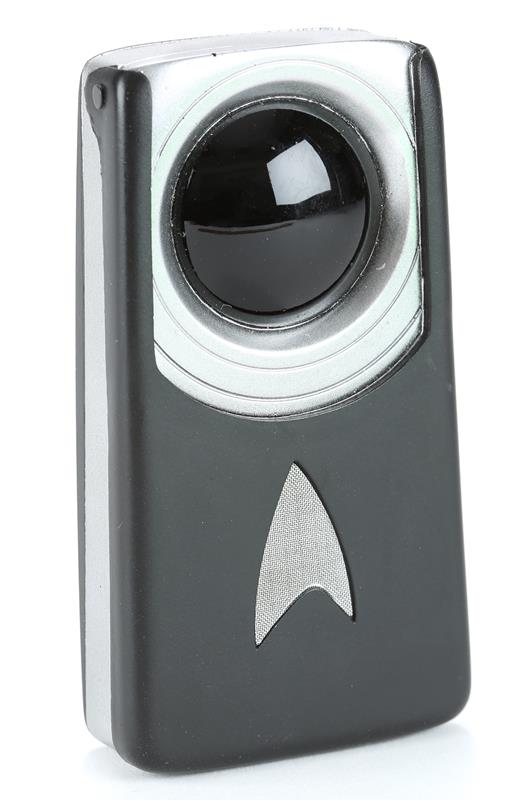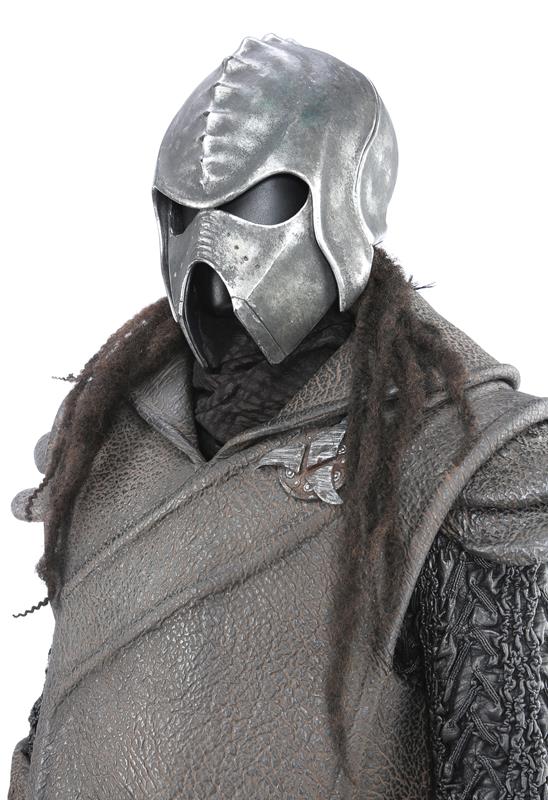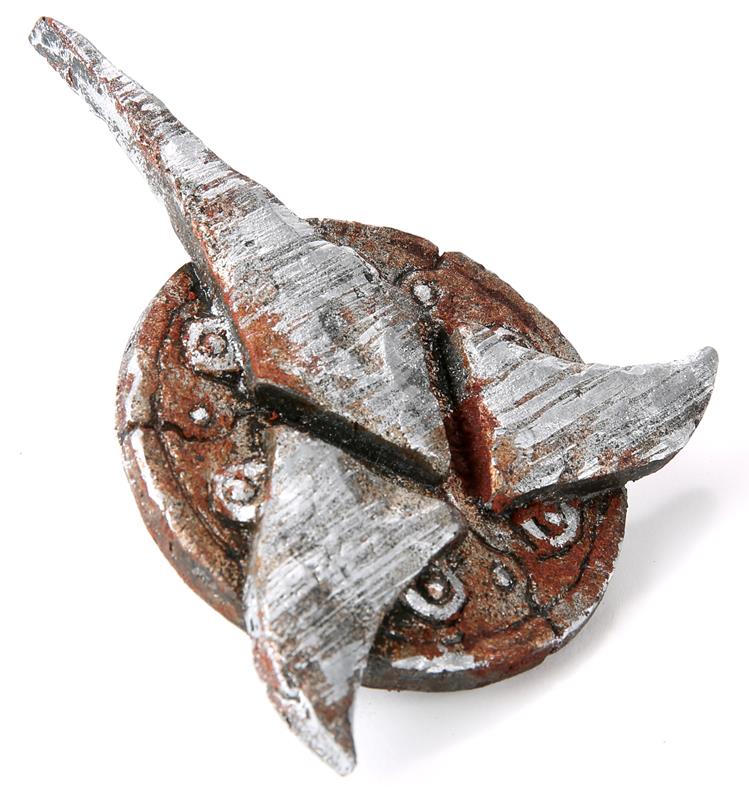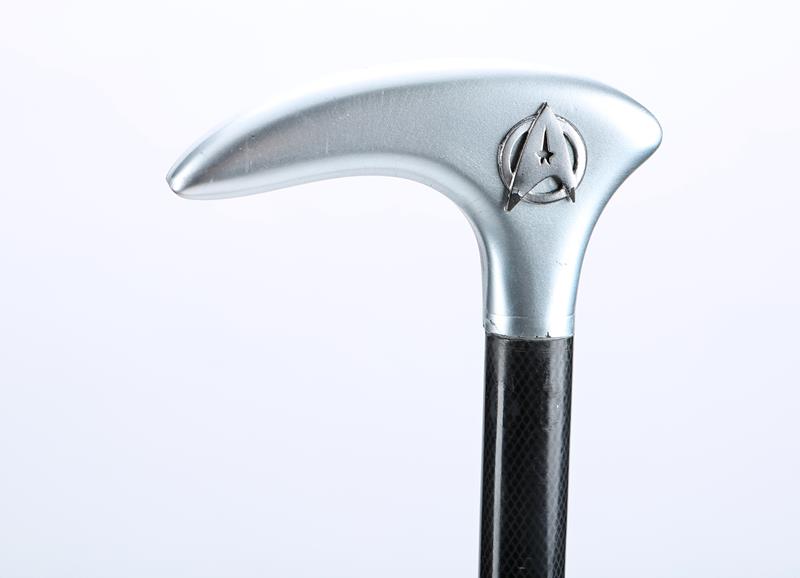Working as the Prop Master for a major motion picture is a tough job, even when the pieces you’re creating aren’t already iconic. When industry veteran Andy Siegel landed the job for Star Trek Into Darkness, he was not only taking on a sequel to a successful film, but a legacy of props and design that’s now over 50 years in the making. Thankfully, Andy was nice enough to visit memory lane with us and share a bit about what it was like to help equip the Starship Enterprise….
Propstore: What was your history with the Star Trek franchise before you got to work on the films?
Andy Siegel: I watched every episode of [Star Trek: The Original Series] in reruns on Channel 5, multiple times. When [Star Trek: The Next Generation] came out, I watched the pilot and I don’t think that I was in the right place to appreciate it. However, I went to see all of the movies in the theater, even after the old cast was retired, so I still knew a bit of what was going on.
PS: How does starting a sequel film with an established look different from starting an original project?
Siegel: It’s all about how you approach the task. On the one hand, you could feel stifled because so much has already been established. I viewed it as the opportunity to not have to reinvent every wheel, which could leave more bandwidth for creativity in the new props.
PS: Were there pieces designed for the first film that you or the director were very happy with, and/or pieces that you felt warranted another look?
Siegel: The director made it very clear that he was very happy with everything that Russell Bobbitt had created for the first film. He was, however, open to the idea of 2.0ing things. Much the same way as cars are redesigned, or you get a new iPhone every two years, it seemed very possible that Starfleet could very well issue new Phasers or Communicators every once in a while.
PS: How many of the existing props did you use exactly as is – meaning you didn’t even make new versions of the same thing, you just used the same props from 2009?
Siegel: Most everything was revamped just a little. In some cases it was style, as in the Communicators, in which we re-introduced a bit of metal-mesh to try and harken back to TOS. In others, it was just a matter of being able to do things, like make the Phasers changed from Stun to Kill electronically, rather than mechanically.
That being said, we did use all of the props from 2009 in the big crowd scenes to keep costs down.
PS: Do you feel any extra pressure when you work on established franchises like Star Trek? Do you ever worry how fans will react to new versions of old classics like phasers and communicators?
Siegel: I’m incredibly aware how fortunate I’ve been to work on franchises or properties that people have loved and related to for decades. And with that awareness comes great responsibility not to screw things up. I get very anxious worrying about how any props in these films will be received by the die-hard fans.
PS: Can you talk about the difference in insignia badges from film to film?
Siegel: In the 2009 film the insignias were 3D printed, which was crazy state of the art for that time. When we realized how many we were going to have to make for STID, we came upon a way to make them out of metal, which would really give them a luster that I think came across, and added to the fantastic Michael Kaplan costume design.
PS: Designing for the far future, were there any modern items your team drew inspiration from during preproduction?
Siegel: Scott Chambliss, our great Production Designer, was really a magician in his ability to almost wordlessly instill into every person who worked in Props a sense of what worked in the worlds that he and the director were creating. He would send over images to share his design aesthetic, in addition to creating images in the first film that really let us know what things should look like.
PS: Looking back at the original series, were there specific elements to any props that you wanted to carry over into the new films?
Siegel: There’s a really cool sense of 60’s design that I though was important to try and implement, as well as a very tactile sense of things being able to be used for actual functions that the director seemed to respond to.
PS: When creating Star Trek props, which is more important: style or believability/functionality?
Siegel: Both are equally important in a film like Star Trek. The audience has to believe that the props could function as they need to, but of course, everything has to look cool.
PS: What’s the secret to making Tricorders and Communicators still look cool in the age of the iPhone?
Siegel: We just really stuck to the idea that the overall design had already been completed. What we brought to the party were some new materials that would add depth, and a sense of purposefulness to the props, that allowed them to look like they could really do the things they were scripted to do.
PS: The aesthetics of the USS Vengeance in Star Trek Into Darkness is in stark contrast to the rest of Starfleet. What were your influences for the pieces on that ship?
Siegel: Those were really a collaborative effort that started with sketches by the great John Eaves. We would show roughs to Scott, and when they got close to what we liked, we’d run them up the ladder to the director to make sure that we were on the right track, and then we usually build a foam core mock up for sizing and proof of concept, and then we would go ahead and build.
PS: Star Trek Into Darkness introduces the Klingons to the reboot universe. For their weapons, where there specific mandates to keep them close to the original look, or were you given freedom from what came before?
Siegel: In the 2009 film, there was a brief action beat with Klingons. We looked into using the props that had been developed for that scene, but realized that our scene was going to be a lot more involved, and asked John Eaves to come up with some new looks that still kept the feel of the Klingon Disrupters from TOS. My mandate to him was that the Klingon props should look barbaric, i.e.. the pistols could just as easily be used as bludgeons, and the knives in the front of the weapons could be used as bayonets. While building them we added the green oscillating lights, that gave the feel of some sort of barely contained reaction going on inside the weapons.
PS: When tasked to create something out of this world, a cold fusion device for example, what are some of the aspects you need to consider that viewers may never see?
Siegel: Even though props might be from an alien culture, the audience that we’re making the movie for have to be able to relate to all of the elements. The director very much stressed the “reliability” of the props, and the fact that the audience needed to understand quickly what was going on.
PS: Where there any new techniques you got to use on the Star Trek films that you’ve taken with you on other projects?
Siegel: One of the people that built the Torpedo “wires” had the idea to make them out of laser-cut paper. The laser-cutter was that vendor’s primary tool of choice, and it turned out to be a really elegant solution to a problem that no one else seemed to be able to solve. This also cemented the idea for me that while there are many people who can build a prop, sometimes it’s really necessary to find the right one.
PS: What was the hardest prop to create/fabricate/get working for Star Trek Into Darkness?
Siegel: Without a doubt, the Volcano Deactivator. It had a lot to do, in a short period of time, and it also had to be relatable. The director wanted it to instantly let the audience know that Spock had assembled it on the fly, and then broke in the fall, and then Spock was able to repair it.
It was also involved in a great deal of stunt work, an actor on wires with real fire, a stunt of it’s own, it had to look like it could really defuse a volcano, and it had to look super cool.
PS: Did you have a favorite prop in the STID, or one you’re most proud of? Are there any lots in the auction you would like for your own collection?
Siegel: I always default to Pike’s Cane. Not the obvious choice, but I felt that it was a very elegant prop, and even though it wasn’t a hover cane or something more sic-fi, and it didn’t have any blue LED lights, I thought that it really captured the look that we were going for, and it just looked correct to me. The being said, I’m super proud of the look of the Klingon weapons. I thought that we all killed it with those.
PS: Do actors ever give input on the props?
Siegel: Absolutely. When an actor has to manually operate a functioning prop, the goal is to get them to see it and work with it as early as possible, in order to allow them the time to play with it. However, while this is the goal, it rarely works out that way. That being said, if an actor has to wear a prop, or carry it in some way, we always try to find the time to make adjustments that they might need to make the prop add to the character, and not make it more difficult for them to do their jobs.
Don’t forget to register soon for the Star Trek Live Auction and get your bids in for December 2nd!
Follow us on Twitter and Facebook to be the first to know about all current & upcoming Propstore Auctions and more!
